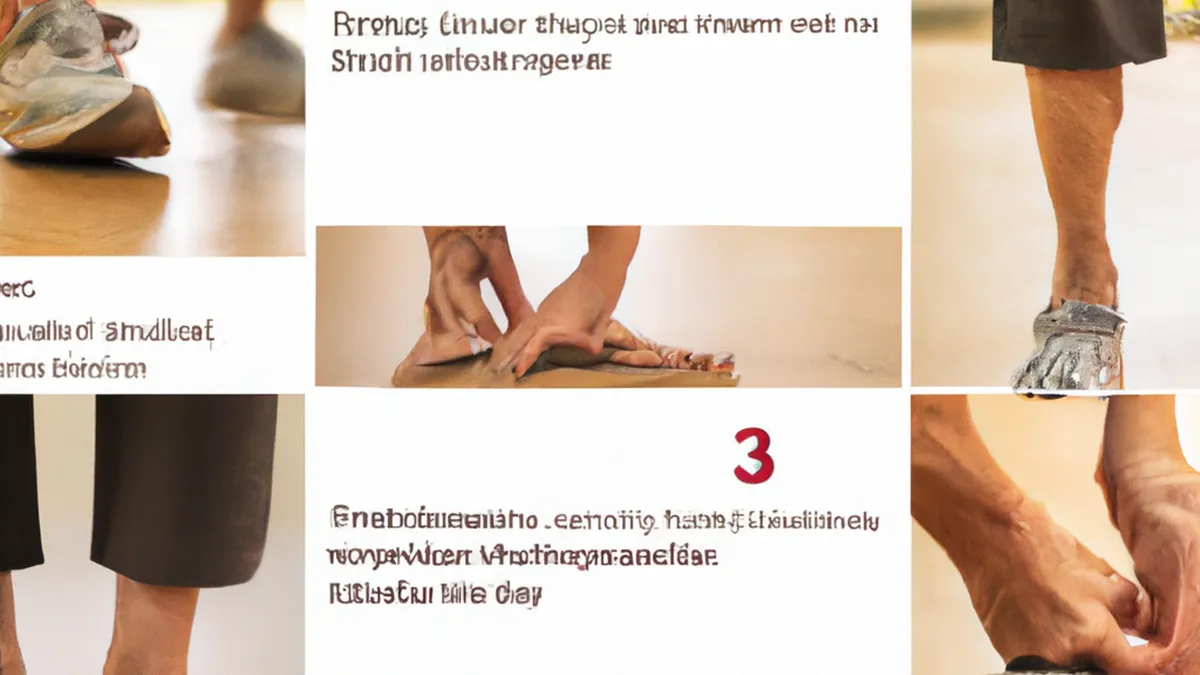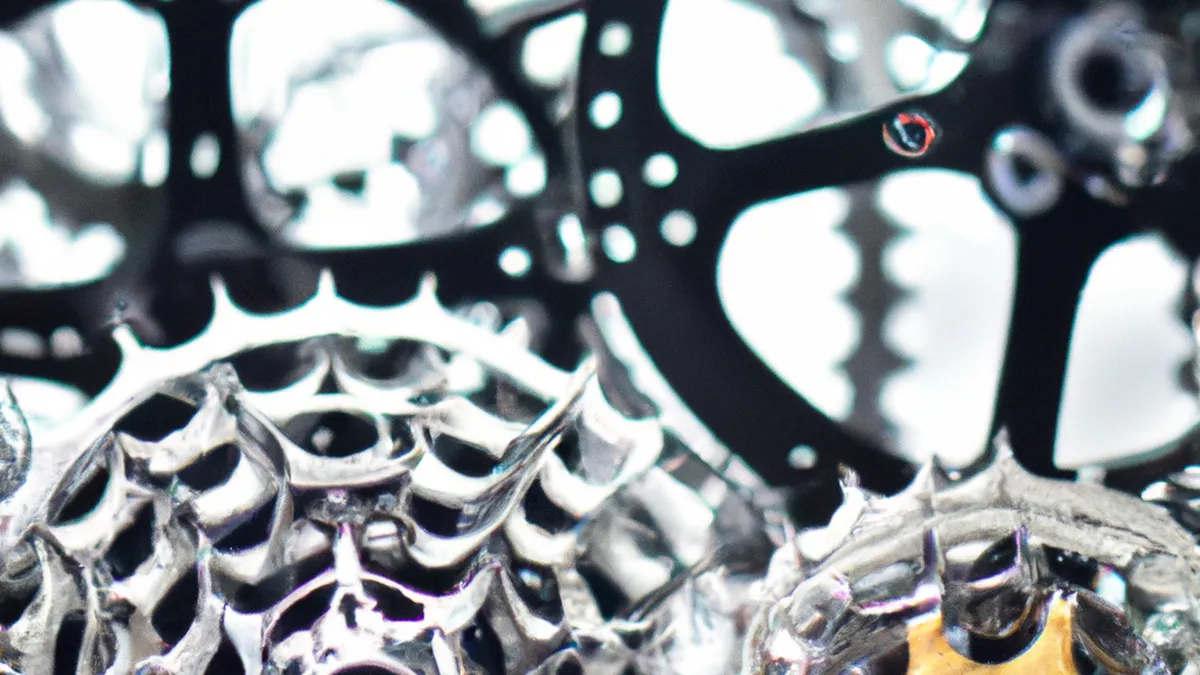Timeline for Healing: Ankle Sprain Recovery
Rehabilitation Protocols for Ankle SprainsAnkle sprains commonly occur during sports or physical activities. They can happen to anyone, from professional athletes to casual participants. A sprain happens when ligaments in the ankle stretch or tear due to twisting or rolling. Symptoms include pain, swelling, bruising, and difficulty walking. A structured rehabilitation protocol can aid recovery and prevent future injuries. This blog post guides you through effective rehabilitation strategies for ankle sprains.
Understanding Ankle Sprains
The ankle contains several ligaments that provide stability and support. A sprain has three grades based on severity:1. **Grade I (Mild)**: Mild stretching of the ligament causes slight pain and swelling, with minimal loss of function.2. **Grade II (Moderate)**: Partial tearing of the ligament leads to moderate pain, swelling, and some ankle instability.3. **Grade III (Severe)**: Complete ligament tearing results in significant pain, swelling, and instability, often requiring more extensive medical intervention.Understanding your injury’s severity helps determine the right rehabilitation approach.
Immediate Care
As an Amazon Associate I earn from qualifying purchases.
Gear tip: consider compression sleeves, compression socks, and balance pad to support this topic.
Immediate care is crucial after an ankle sprain. Follow the R.I.C.E. method—Rest, Ice, Compression, and Elevation—to manage initial symptoms.
Rest
Resting your ankle prevents further injury. Avoid putting weight on it for at least 48 hours. Use crutches if necessary. Gradually resume light activities as pain decreases. Balance rest to avoid stiffness while preventing further injury.
Ice
Apply ice to reduce swelling and numb pain. Ice the ankle for 15-20 minutes every 1-2 hours in the first 48 hours. Always wrap ice packs in a towel to protect your skin. Consult a healthcare professional if you notice increased pain or swelling after icing.
Compression
Use an elastic bandage or compression wrap for support and swelling reduction. Wrap the bandage snugly but not too tight, to avoid restricting blood flow. Check for increased pain or numbness, which may indicate a too-tight wrap.
Elevation
Elevate your ankle above heart level to decrease swelling. Prop your leg up with pillows while resting or sleeping. This position promotes fluid drainage and reduces swelling, aiding recovery.
Rehabilitation Exercises
After 48-72 hours, begin rehabilitation exercises. These exercises restore strength and flexibility.
Conclusion
In summary, effective rehabilitation strategies can significantly enhance recovery from ankle sprains. Prioritize rest, ice, compression, and elevation for optimal healing.
Below are related products based on this post:
FAQ
What are the common symptoms of an ankle sprain?
Ankle sprains typically present with symptoms such as pain, swelling, bruising, and difficulty walking. These symptoms can vary in intensity depending on the severity of the sprain.
What is the R.I.C.E. method for treating ankle sprains?
The R.I.C.E. method stands for Rest, Ice, Compression, and Elevation. This approach helps manage initial symptoms and promotes healing after an ankle sprain.
When should rehabilitation exercises be started after an ankle sprain?
Rehabilitation exercises should begin 48-72 hours after the injury, once initial swelling and pain have decreased. These exercises are essential for restoring strength and flexibility to the ankle.















Post Comment